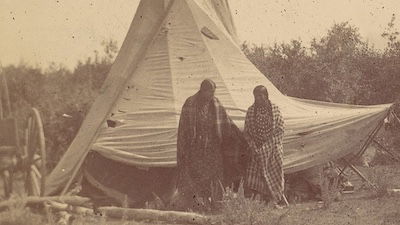More than Just Bible Stories
In many church settings, Bible stories are taught as just that—stories, nice accounts that, although they may have a moral message, have no real bearing on the world around us. The Bible, the history book of the universe, has become disconnected from the real world. Although recognizing it as important for Christian living, we do not give the Bible its rightful place as the authority on all matters it touches on—history, geology, astronomy, etc.
The AiG Creation Education Center exists to equip and enable educators to restore the authority of God’s Word by reconnecting the Bible to the real world. To do this, we need to teach more than just “Bible stories.”
Some practical examples of this teaching method include:
- Creation (Genesis 1, 2): While teaching the account of God’s creation of the
universe a few thousand years ago, reconnect this account to the real
world of:
- Biology: The Bible explains that God created all things “very good” (Genesis 1:31), but that the whole of Creation is under a curse (Genesis 3). As you teach these passages, explain that while we expect to see marvelously designed features throughout the world, we also realize that these things are merely remnants of a once-perfect creation. See Get Answers: Design Features. It would also be appropriate to explain that God created original “kinds” of animals and plants from which today’s animals and plants have descended. See Get Answers: Speciation for more information and the boundaries of the created “kinds.”
- Astronomy: The Bible touches on astronomical concepts in many passages (beginning with Genesis 1) and provides a proper framework for studying the stars. There are even Biblical principles that help address questions about “life in outer space.” Check out Get Answers: Astrophysics for more information.
- Dinosaurs: Teach your students that dinosaurs were created on Day 6 of the first week along with Adam, only a few thousand years ago. See Get Answers: Dinosaurs.
- Noah and the Flood (Genesis 6–9): Instead of only teaching that Noah, his family and
some animals were saved from an earth-covering Flood by seeking refuge
in an Ark, reconnect this to the real world of:
- Fossils (remains of dead things): Explain that fossils could not have formed before sin (and therefore death) entered the world. Fossilization must have occurred after Adam disobeyed, and Noah’s Flood offers an explanation for the formation of the majority of the fossil record. Use the Fossils and Flood Get Answers pages to answer additional questions your students may have.
- Geology: The Flood waters would have laid down billions of tons of sediments during the year the waters were on the Earth. It was responsible for forming the majority of rock layers that we see today. Check out the Flood and Geology Get Answers sections for more information.
- The Tower at Babel (Genesis 10, 11): Use this account to reconnect the Bible to the real world
of:
- People groups (the so-called “races”): All the tribes and nations of today are descendants of Noah’s sons and daughters-in-law, and are therefore all related. Use the Get Answers: Racism page for additional insights.
- History: Explain that many people groups have creation/flood legends that have been passed down—variations of the original account found in Genesis. See the Get Answers: History page for additional information.
- Jericho: The Israelite defeat of Jericho was a real, historical
event. Reconnect this to the real world of:
- Archaeology: Explain that archaeologists have actually found the remains of Jericho’s walls, confirming the Biblical account in the face of skeptical claims that these did not exist. See also Get Answers: Archaeology.
Our view of the world should be based on Biblical principles. We need to instruct our children not only what to think, but how to think. By teaching students to reconnect the Bible to the real world, they will have a proper foundation for understanding this world in which we live, and will be able to answer many of the “challenges” thrown at them by their culture.
Recommended Resources

Answers in Genesis is an apologetics ministry, dedicated to helping Christians defend their faith and proclaim the good news of Jesus Christ.
- Customer Service 800.778.3390
- Available Monday–Friday | 9 AM–5 PM ET
- © 2025 Answers in Genesis





